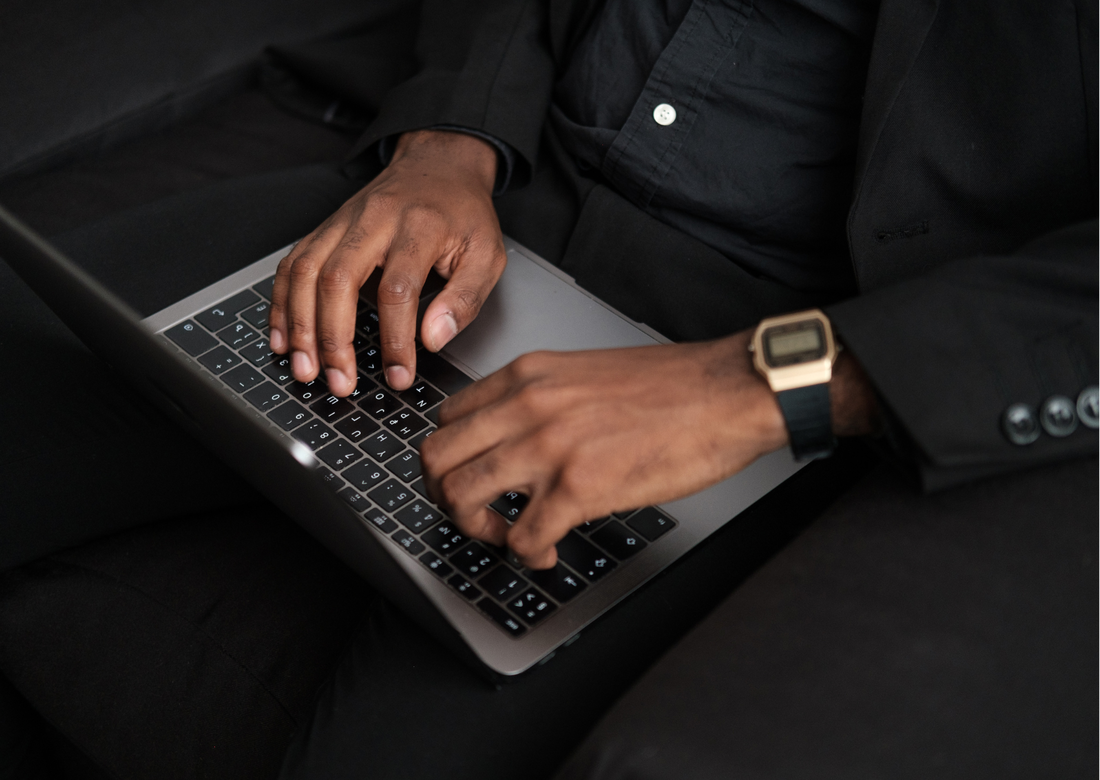|
In today's digital world, email is the cornerstone of professional communication. It's the modern equivalent of a handwritten letter, carrying the weight of your message and representing you to colleagues, clients, and superiors. Email etiquette in the workplace or in everyday interactions is crucial as it ensures clear, professional, and respectful communication among colleagues, clients, stakeholders, friends and family. Proper email etiquette means using appropriate language, a clear subject line, and a concise and polite tone while avoiding slang and overly casual expressions. It also involves timely responses, proper grammar, and thoughtful consideration of the recipient's time and workload. By following these standards, employees can prevent misunderstandings and maintain a positive professional image, ultimately enhancing overall workplace efficiency and relationships. Here are nine email etiquette tips to improve your emails are clear, concise, and portray you as a business-savvy individual.
Conclusion By following these tips and embracing professional communication practices, you can transform your emails into powerful tools that advance your business goals and leave a lasting positive impression
0 Comments
Today, cafés are on the top of many Australians daily or weekly agenda. They will discuss where to get the best coffee, ask for recommendations from friends and family. Research on the web or good food guides. Interest in where the coffee beans are sourced is another subject. Many good cafes won't just choose a certain brand for their café, but also source coffee manufacturers that will provide coffee from growing origins such as Ethiopia, Central South America, and New Guinea and make that a feature of their café.
The humble café has transformed into a hub for Australians seeking not just a caffeine fix, but a full-blown coffee experience. From lively discussions about sourcing to savouring ethically sourced beans from exotic origins, Australians are embracing coffee as a journey of discovery. This discerning approach has driven cafes to elevate their offerings, becoming destinations for coffee connoisseurs and casual consumers alike. So next time you visit your local café, take a moment to appreciate the intricate dance between quality beans, skilled brewing, and the vibrant coffee culture that fuels Australia's love for this delightful beverage. See article in: Etiquipedia.blogspot.com #auersmont #coffee #cafe #australia #melbourne #etiquette #etiquette tips #etiquetteschool In today's ever-evolving work landscape, video conferencing has become an indispensable tool. Whether it's keeping teams connected remotely or prioritising health and safety during a pandemic, Zoom and similar platforms have revolutionized the way we collaborate. However, ensuring a productive and professional online meeting experience requires a strategic approach. Here are 7 actionable Zoom tips to help you shine during your next video call: Be Prepared, Be Present: Pre-circulate any materials or talking points for the meeting the day before. Take some moments beforehand to review the agenda and mentally prepare your contributions. If you prefer taking notes by hand, have a pen and paper ready. If you're presenting, ensure your notes or files for screen sharing are easily accessible. Mind Your Background: Gone are the days of messy bedrooms or cluttered home offices as your backdrop. Luckily, Zoom offers virtual backgrounds that allow you to choose a professional-looking environment. Alternatively, a simple blank wall with minimal furniture can suffice. Remember, avoid anything distracting like unmade beds, dirty dishes, or cluttered shelves. Make a Great First Impression: Take a few minutes before joining to freshen up and ensure you appear professional. Refrain from eating, chewing gum, or sucking on candy during the call, as it can be visually distracting. Have a glass of water and a clean glass nearby, and aim to join the meeting a couple of minutes early. Be an Active Participant: Foster a collaborative environment by allowing everyone the opportunity to voice their opinions and contribute to the discussion. To break the ice, consider prepping some talking points beforehand and actively speak up early in the meeting. Taking initiative demonstrates your commitment and value to the team. Professionalism Matters: Treat online meetings with the same respect and professionalism as in-person gatherings. Having your camera off can come across as disengaged or disinterested. However, if you need to mute yourself momentarily due to background noise or unexpected interruptions (e.g., a spilled drink or noisy children), do so for a brief period (30-40 seconds) to minimize disruption. Remember to turn your video back on as soon as possible. Utilise the Chat Feature Strategically: The chat function is a valuable tool for sharing additional information or asking quick questions. However, remember everyone has access to the chat history, so maintain a professional tone and use it only for meeting-related content. It's best to use the chat function when the moderator allows it or after the main discussion points have been covered. Follow Up is Key: If you're tasked with creating a meeting summary or report, capitalize on the momentum by sending it out as soon as possible after the call. This keeps everyone engaged and on the same page. Conclusion By incorporating these tips into your video conferencing routine, you can ensure a seamless and productive online meeting experience. Remember, a little preparation and attention to detail go a long way in creating a positive and professional impression on your colleagues and superiors. So, the next time you log in to Zoom, embrace the virtual environment and elevate your video conferencing skills! |
AuthorElizabeth Soos Archives
August 2025
Categories |
|
CONTACT US Submit Your Enquiry |




 RSS Feed
RSS Feed

